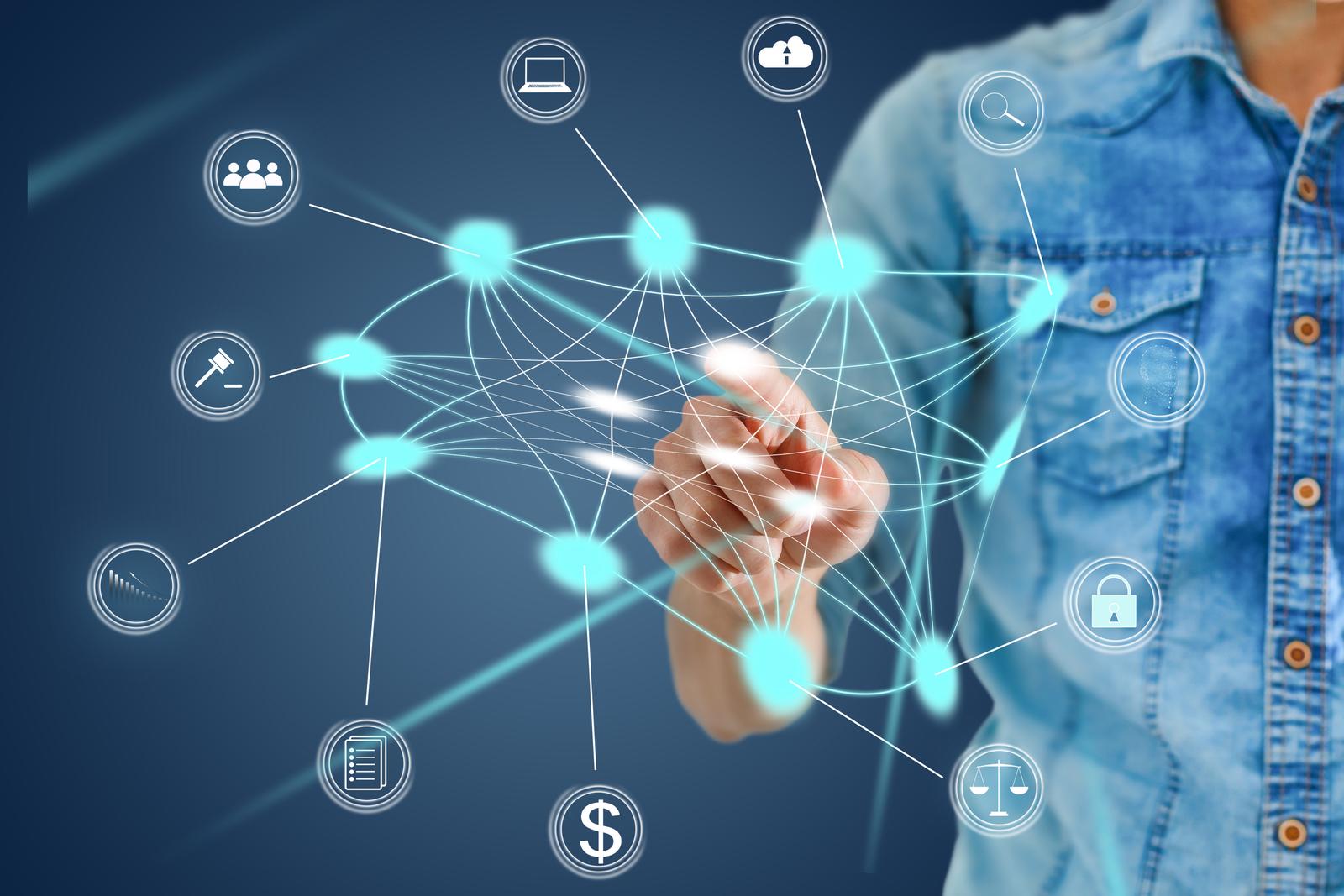IOT Remote Task
Introduction
The article will discuss IoT device remote tasks and their importance in modern-day technology. IoT remote task devices are becoming increasingly popular, and remote tasks are an essential aspect of their functionality. The article will provide an overview of IoT devices, their remote tasks, and how they operate.
What is an IoT Device?
IoT stands for the Internet of Things, which is a network of interconnected devices that can communicate with each other over the internet. An IoT device is a smart device that is connected to the internet and can perform various tasks without human intervention. Examples of IoT devices include smart home systems, wearables, and industrial sensors.
What are IOT Remote Tasks?
Remote tasks refer to the ability of an IoT device to perform a task without physical interaction from a user. Remote tasks can be initiated by a user from anywhere in the world, as long as they have an internet connection. IoT devices can perform remote tasks such as turning on/off lights, adjusting thermostats, and even operating machinery.
How do IoT Devices Perform Remote Tasks?
IoT devices use various technologies such as Wi-Fi, Bluetooth, and cellular networks to connect to the internet. Once connected, users can access their devices remotely through a mobile app or web interface. The app allows users to control their devices and perform remote tasks such as turning on/off lights or adjusting thermostat settings.
Benefits of Using IoT Devices for Remote Tasks
Leveraging IoT devices for remote tasks offers a wide array of benefits across industries and applications, including:
- Efficiency and Productivity: IoT devices automate tasks, reducing the need for manual intervention and enhancing overall efficiency in various sectors.
- Cost Savings: By minimizing the need for on-site personnel, remote IoT devices reduce operational and labor costs, making processes more cost-effective.
- Safety and Risk Reduction: IoT devices can be employed in hazardous environments or remote locations, enhancing safety by removing human workers from potentially dangerous situations.
- Real-Time Monitoring: Remote IoT devices provide real-time data and insights, enabling proactive decision-making, predictive maintenance, and immediate issue resolution.
- Environmental Impact: By optimizing resource use and reducing energy consumption, IoT devices contribute to environmental sustainability and reduced carbon footprints.
- Scalability and Flexibility: Remote IoT solutions can be easily scaled and adapted to different applications, making them versatile and suitable for a wide range of industries and use cases.
Challenges of Using IoT Devices for Remote Tasks
While using IoT devices for remote tasks offers numerous advantages, it also presents several challenges that need to be addressed:
- Connectivity Issues: Remote locations may lack reliable internet or network access, making data transmission and communication with IoT devices challenging.
- Data Security: Remote IoT devices are vulnerable to cybersecurity threats, necessitating robust security measures to protect sensitive data.
- Maintenance and Updates: Ensuring that remote IoT devices remain operational and up-to-date can be complicated due to their inaccessibility.
- Energy Supply: Remote areas may lack a stable power supply, requiring innovative solutions such as solar or battery-powered IoT devices.
- Regulatory Compliance: Meeting local and international regulations in remote locations can be complex, particularly in areas with different legal requirements.
- Integration Challenges: Integrating remote IoT devices into existing systems and workflows can pose difficulties, requiring tailored solutions for each application.
Examples of IoT Devices for Remote Tasks
Examples of IoT devices for remote tasks span various sectors and applications, including:
- Agriculture: Remote soil moisture sensors and weather stations provide real-time data to optimize irrigation and crop management.
- Energy: Smart meters enable remote monitoring and management of energy consumption, facilitating efficient resource use.
- Environmental Monitoring: IoT sensors track air quality, water quality, and weather conditions in remote areas, aiding in conservation and research efforts.
- Mining: IoT devices, such as autonomous drilling rigs and remote-controlled machinery, enhance safety and productivity in remote mining sites.
- Healthcare: Telemedicine equipment allows healthcare professionals to conduct remote consultations, monitor patients, and provide care in distant locations.
- Transportation: IoT tracking devices are used to monitor the location and condition of goods during transport, ensuring their security and quality.
- Oil and Gas: IoT sensors on drilling equipment and pipelines provide remote monitoring and predictive maintenance in remote offshore sites.
- Wildlife Conservation: Remote cameras and sensors are used to track and protect wildlife in remote areas, aiding in research and conservation efforts.
Future of IoT Devices for Remote Tasks
The future of IoT devices for remote tasks looks promising as more and more devices become connected to the internet. The development of 5G networks will also boost the capabilities of IoT devices, enabling them to perform more complex tasks remotely.
Conclusion
In conclusion, IoT devices have transformed the way we interact with technology, and remote tasks are an essential aspect of their functionality. While there are some challenges associated with using IoT devices for remote tasks, the benefits outweigh the risks. With the development of new technologies such as 5G networks, the future looks bright for IoT devices and their capabilities.






